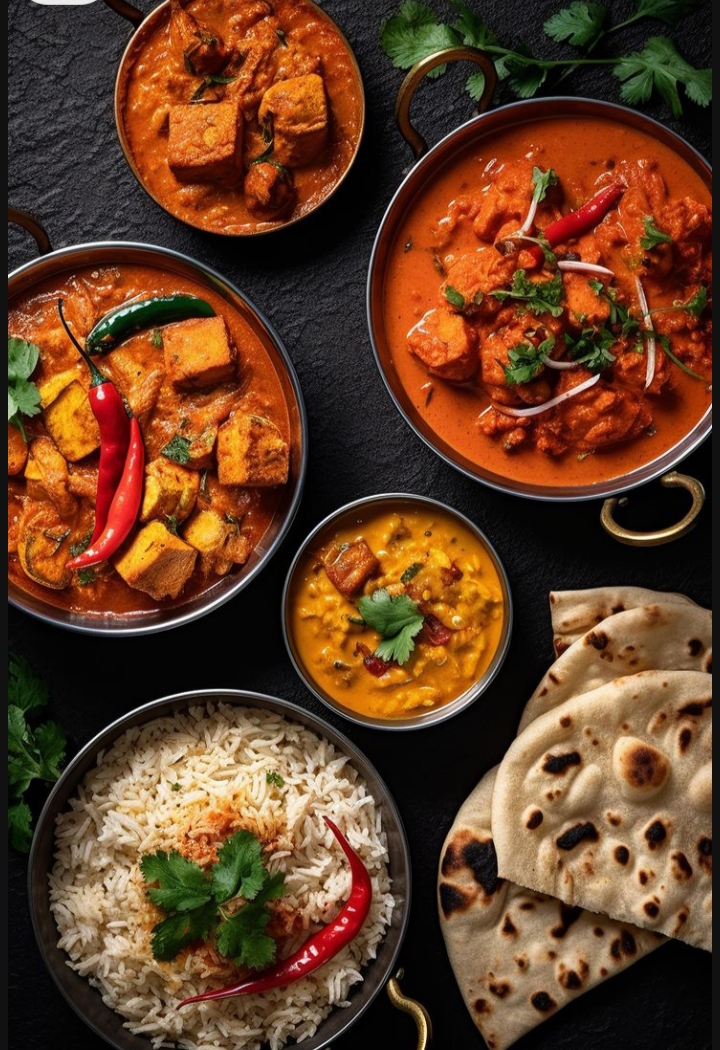- Teacher: Ruth Bukenyi
RUTH'S MODULE 2
-
Welcome to your new Gnomio site
Now, you are in control!
Moodle is an open-source Learning Management System (LMS) that provides educators with the tools and features to create and manage online courses. It allows educators to organize course materials, create quizzes and assignments, host discussion forums, and track student progress. Moodle is highly flexible and can be customized to meet the specific needs of different institutions and learning environments.
Moodle supports both synchronous and asynchronous learning environments, enabling educators to host live webinars, video conferences, and chat sessions, as well as providing a variety of tools that support self-paced learning, including videos, interactive quizzes, and discussion forums. The platform also integrates with other tools and systems, such as Google Apps and plagiarism detection software, to provide a seamless learning experience.
Moodle is widely used in educational institutions, including universities, K-12 schools, and corporate training programs. It is well-suited to online and blended learning environments and distance education programs. Additionally, Moodle's accessibility features make it a popular choice for learners with disabilities, ensuring that courses are inclusive and accessible to all learners.
The Moodle community is an active group of users, developers, and educators who contribute to the platform's development and improvement. The community provides support, resources, and documentation for users, as well as a forum for sharing ideas and best practices. Moodle releases regular updates and improvements, ensuring that the platform remains up-to-date with the latest technologies and best practices.
Links of interest:
(You can edit or remove this text)
Available courses
SUMMARY OF COMMUNICATION SKILLS
Communication skills refer to the ability to convey, receive, and interpret information effectively. These skills are essential in both personal and professional settings and play a key role in building relationships, facilitating teamwork, and ensuring clarity.
---
1. Types of Communication
Verbal Communication: Spoken words (e.g., face-to-face, phone, meetings)
Non-Verbal Communication: Body language, facial expressions, gestures, posture
Written Communication: Emails, reports, memos, texts
Visual Communication: Charts, graphs, infographics, presentations
2. Key Communication Skills
Listening: Active listening involves fully concentrating, understanding, and responding appropriately.
Clarity and Conciseness: Using clear, simple language to avoid misunderstandings.
Confidence: Delivering messages assertively and with conviction.
Empathy: Understanding others’ feelings and perspectives to improve connection.
Feedback: Giving and receiving constructive feedback to promote improvement.
Adaptability: Tailoring communication style to the audience or situation.
Non-Verbal Cues: Maintaining appropriate eye contact, posture, and tone.
3. Barriers to Effective Communication
Language differences
Cultural misunderstandings
Poor listening
Emotional interference
Lack of clarity or structure
4. Importance of Communication Skills
Improves teamwork and collaboration
Enhances customer service
Strengthens leadership and management
Reduces conflicts and errors
Boosts career growth and professionalism
5. Ways to Improve Communication Skills
Practice active listening
Engage in public speaking or presentations
Seek feedback on communication style
Read and write regularly
Take courses or attend workshops
In summary, communication skills are vital for successful interpersonal interactions and organizational effectiveness. They involve much more than just speaking—they encompass listening, interpreting, and responding appropriately in diverse situations.
- Teacher: Ruth Bukenyi
- Teacher: Odel Trainer
- Teacher: Odel Trainer

SUMMARY OF FOOD AND BEVERAGE SERVICE
Food and beverage (F&B) service is the process of preparing, presenting, and serving food and drinks to customers in various types of establishments. It is a core part of the hospitality industry and involves interaction with guests, attention to detail, and high service standards.
1. Types of F&B Service
Table Service: Food is served at the guest's table (e.g., fine dining, casual dining).
Buffet Service: Guests serve themselves from a selection of dishes.
Self-Service: Guests collect food at counters (e.g., cafeterias, fast food).
Room Service: Meals are delivered to guest rooms in hotels.
Banquet Service: Large-scale service for events and functions.
Bar and Beverage Service: Specializes in serving alcoholic and non-alcoholic drinks.
2. Key Elements of F&B Service
Guest Experience: Creating a welcoming and enjoyable atmosphere.
Menu Knowledge: Staff must understand dishes, ingredients, and dietary needs.
Presentation: Both food plating and overall dining setup must be visually appealing.
Timing and Coordination: Ensuring prompt and well-paced service.
Cleanliness and Hygiene: Critical for safety and guest satisfaction.
3. Roles and Responsibilities
Waitstaff: Take orders, serve food and drinks, attend to customer needs.
Host/Hostess: Greets and seats guests, manages reservations.
Bartender: Prepares and serves drinks, interacts with bar patrons.
Supervisor/Manager: Oversees operations, manages staff, ensures quality service.
4. Technology in Service
POS (Point of Sale) Systems for order taking and billing
Tabletop ordering tablets and mobile payment options
Online reservation and delivery platforms
5. Service Standards
Professionalism: Politeness, grooming, and body language.
Communication: Clear, courteous, and responsive interactions.
Problem-solving: Handling complaints or special requests efficiently.
6. Trends in F&B Service
Personalized dining experiences
Sustainability (e.g., reducing food waste, eco-friendly packaging)
Fusion cuisine and global flavors
Health and wellness-focused menus
Food and beverage service is essential to the overall customer experience in any hospitality setting. It combines technical skill, product knowledge, and interpersonal service to meet customer expectations and drive business success.
- Teacher: Ruth Bukenyi
- Teacher: Odel Trainer

SUMMARY OF FOOD AND BEVERAGE PRODUCTION
Food and beverage production involves the processing of raw ingredients into consumable products for human consumption. It spans a wide range of operations from farming and harvesting to processing, packaging, and distribution. Here is a high-level summary:
1. Sourcing Raw Materials
Agricultural products (grains, fruits, vegetables, dairy, meat, etc.)
Water, spices, and other additives or preservatives
Ethical and sustainable sourcing is increasingly emphasized.
2. Processing Techniques
Primary Processing: Initial treatment of raw materials (e.g., milling grain, slaughtering livestock, pasteurizing milk).
Secondary Processing: Converting ingredients into final products (e.g., baking bread, brewing beer, canning vegetables).
Tertiary Processing: Producing convenience foods (e.g., ready-to-eat meals).
3. Quality and Safety Control
Implementation of HACCP (Hazard Analysis and Critical Control Points)
Adherence to FDA, USDA, or other regional regulations
Frequent testing for contaminants and spoilage
4. Packaging
Designed for preservation, transportation, and marketing
Options include cans, bottles, cartons, flexible pouches
Growing trend towards sustainable packaging (biodegradable, recyclable)
5. Storage and Distribution
Storage under controlled conditions (temperature, humidity)
Efficient logistics systems ensure freshness and minimize waste
Use of cold chains for perishable products
6. Trends and Innovations
Automation and robotics in manufacturing
Plant-based and alternative protein products
Focus on health-conscious, organic, and functional foods
Digital traceability and blockchain for supply chain transparency
Food and beverage production is a critical industry that balances consumer demand, regulatory compliance, and innovation to deliver safe, appealing, and nutritious products to the market. Let me know if you’d like a summary tailored to a specific type of product
- Teacher: Ruth Bukenyi
- Teacher: Odel Trainer
